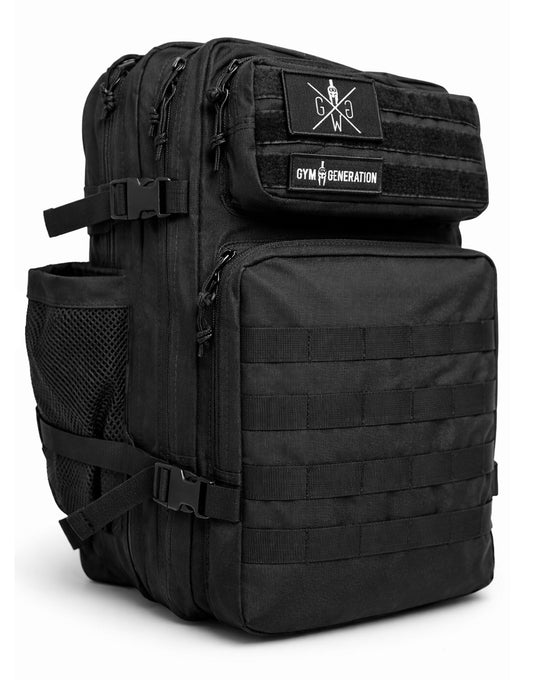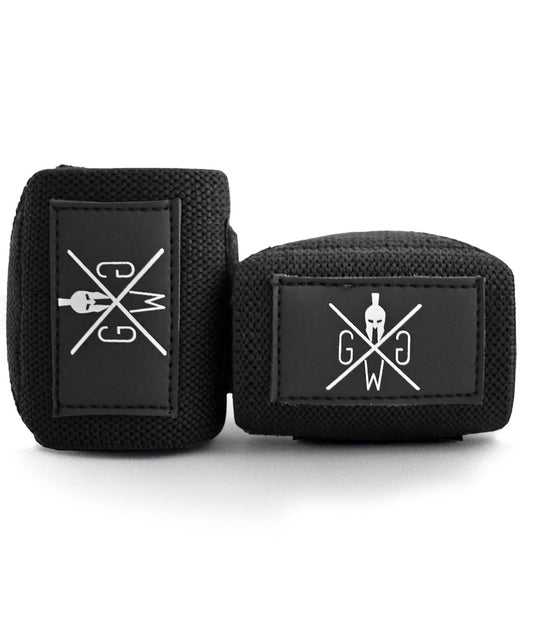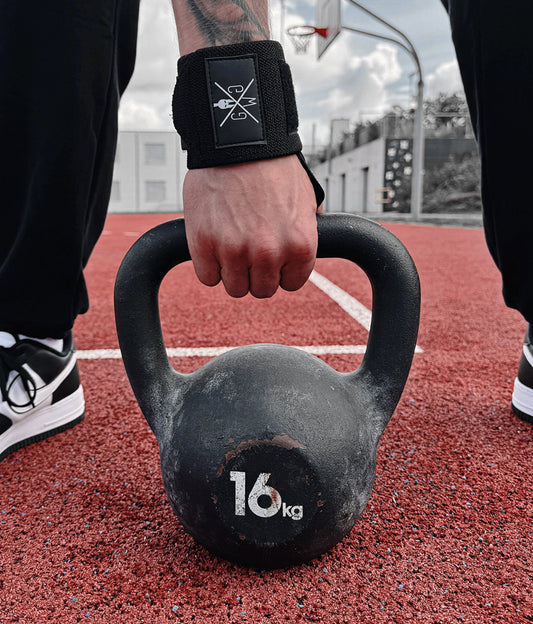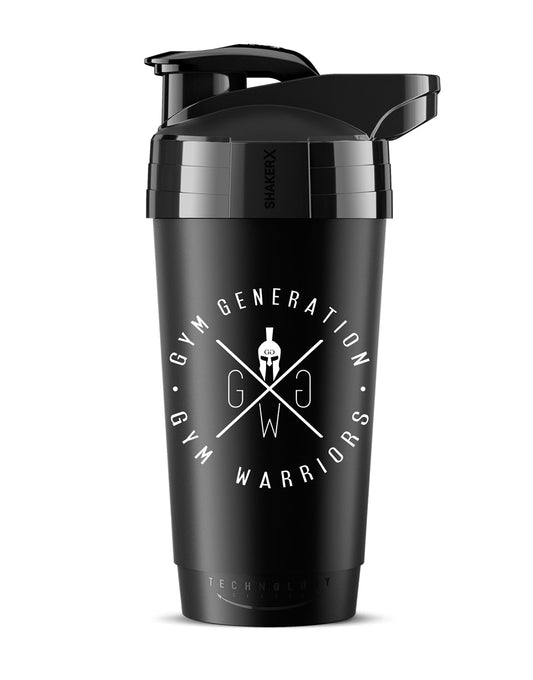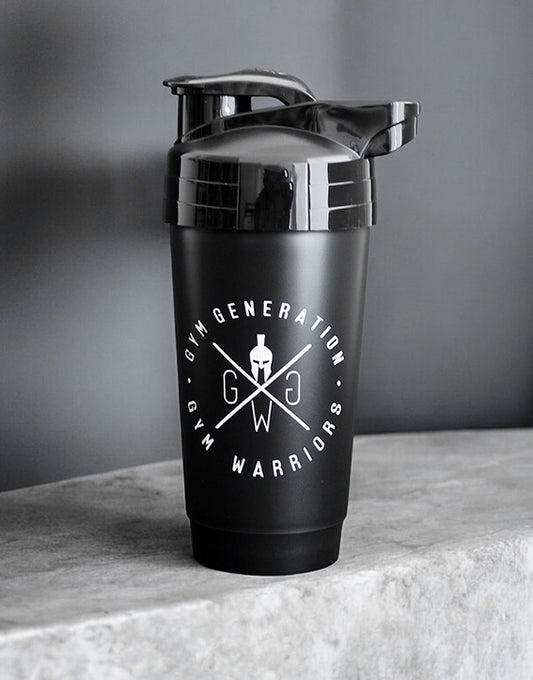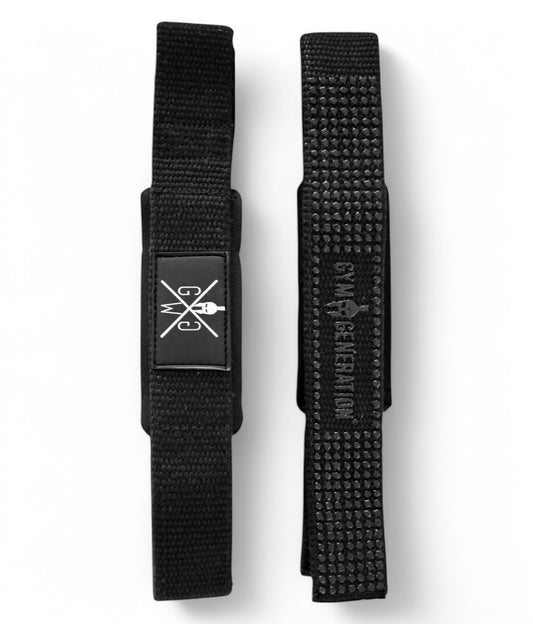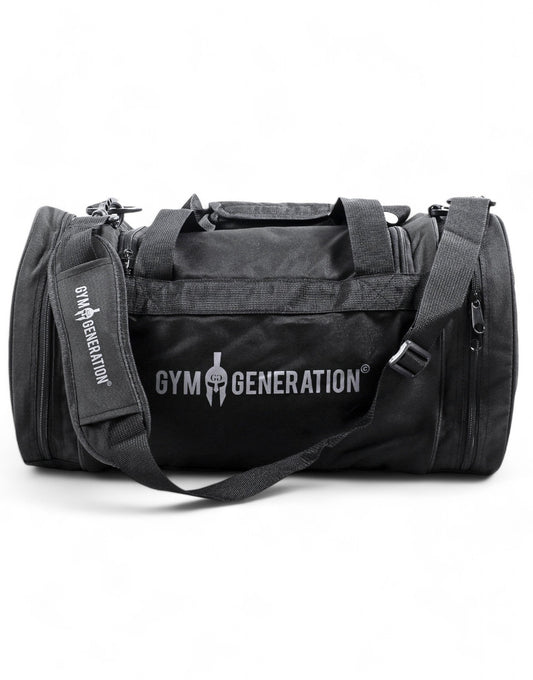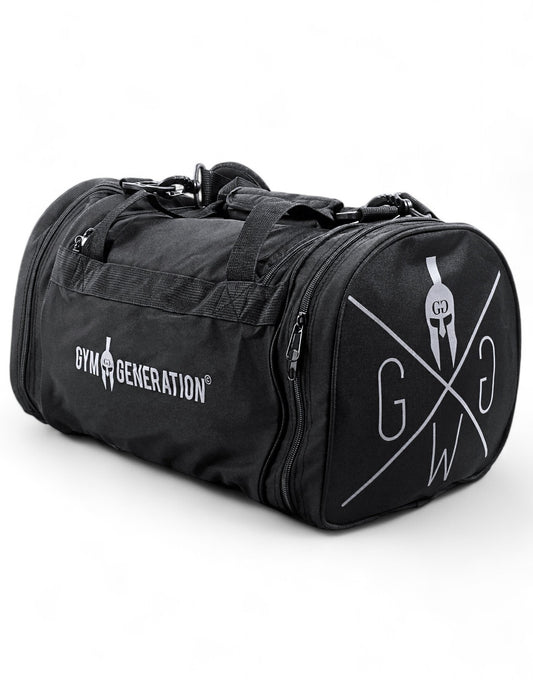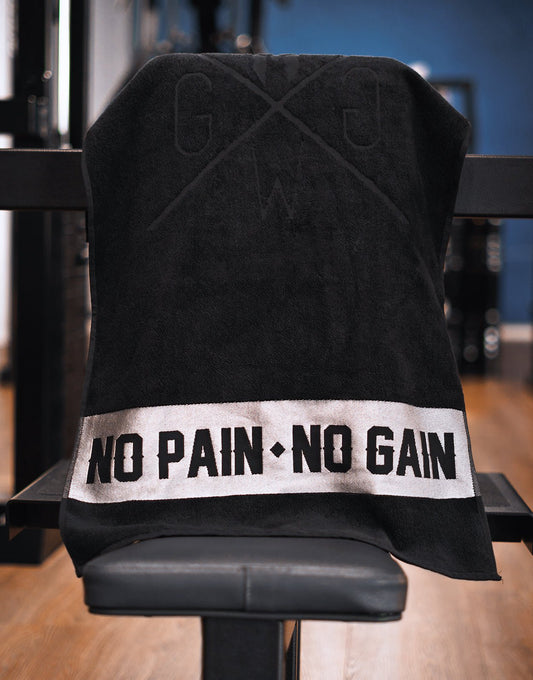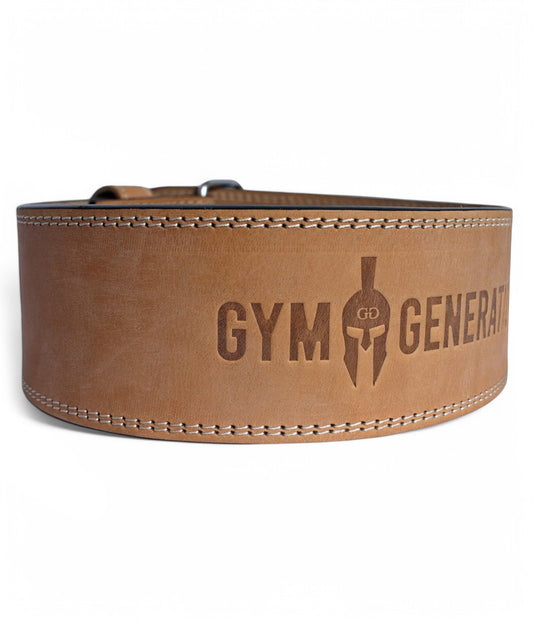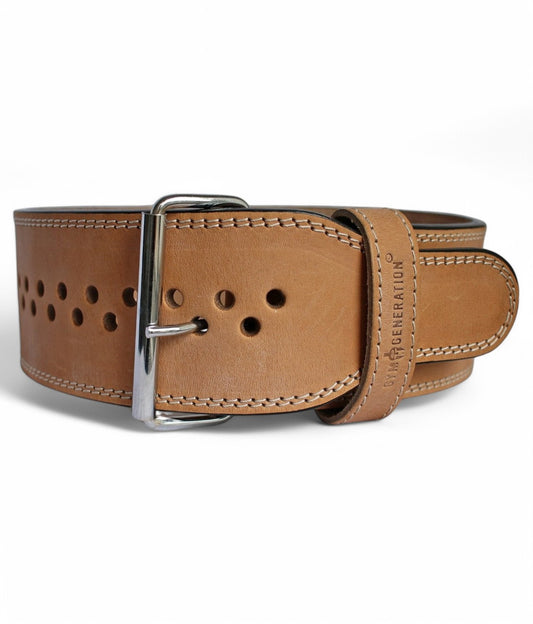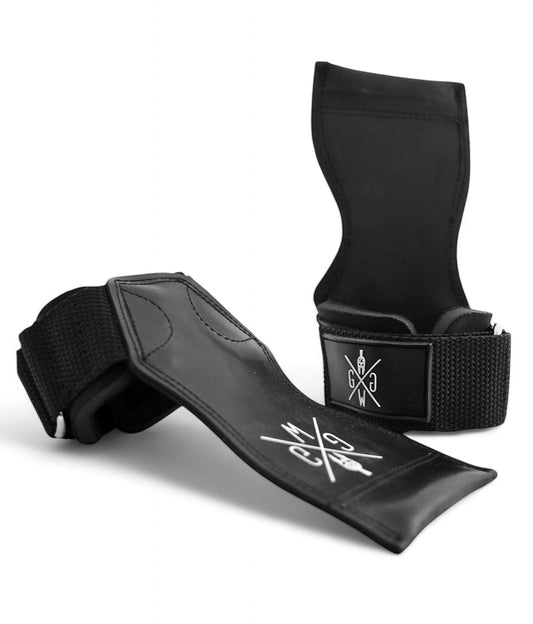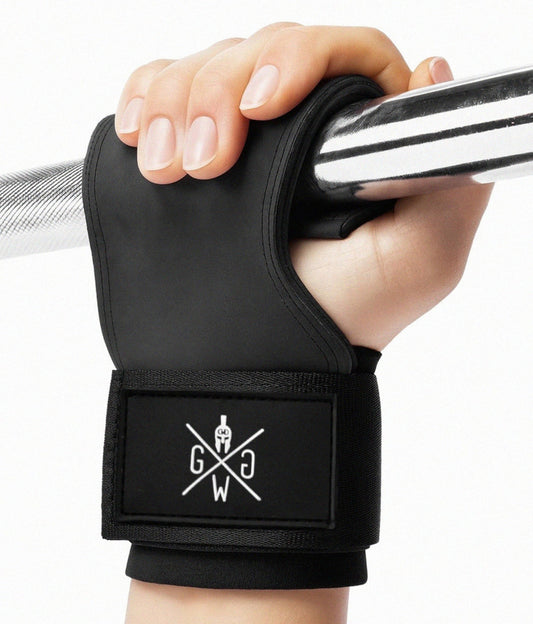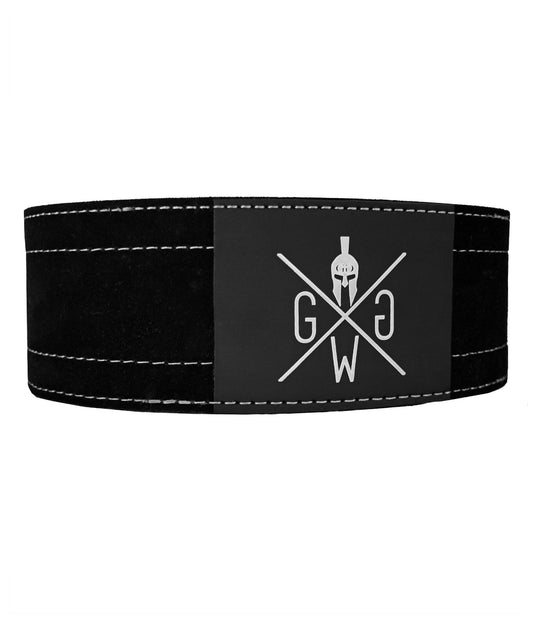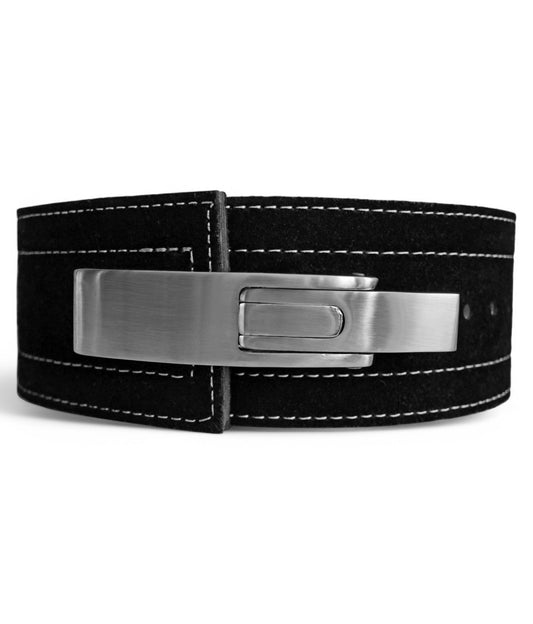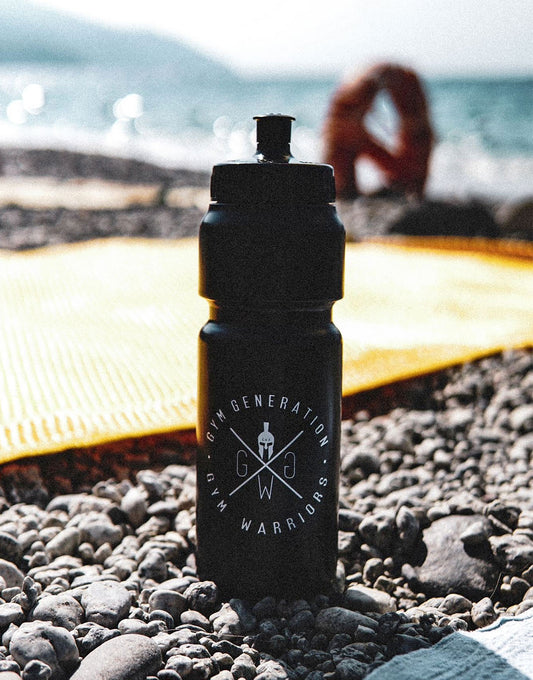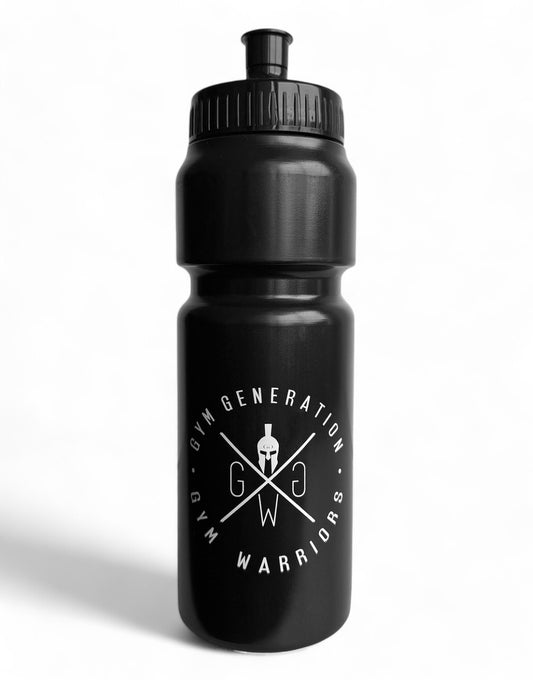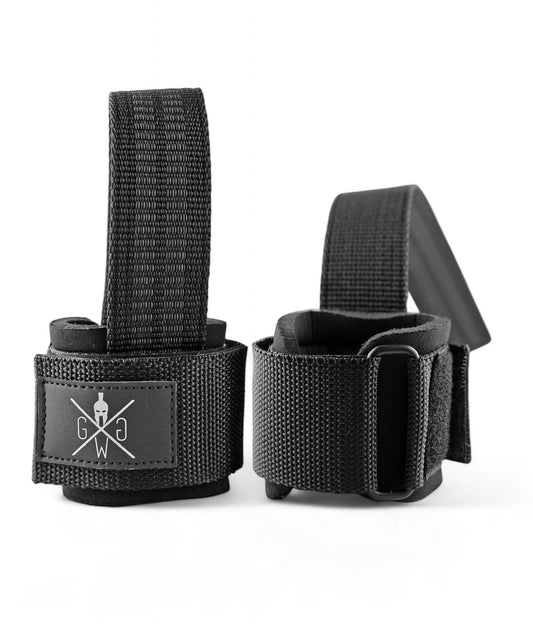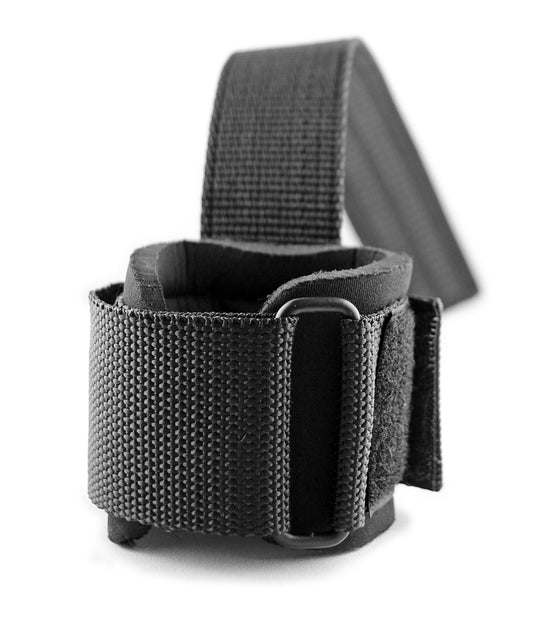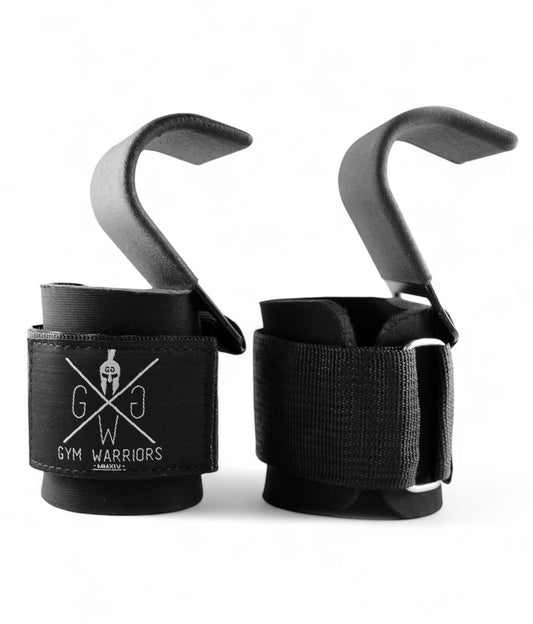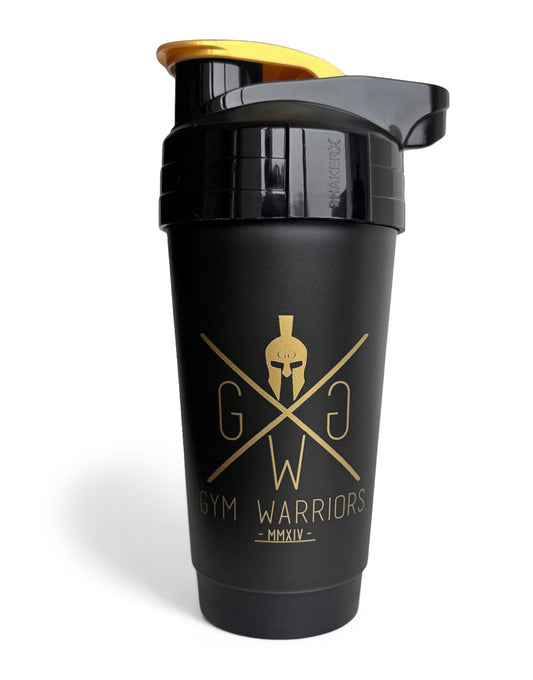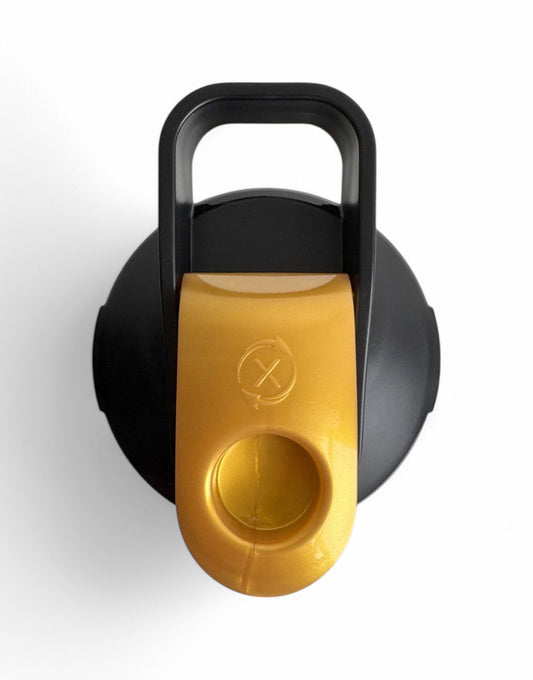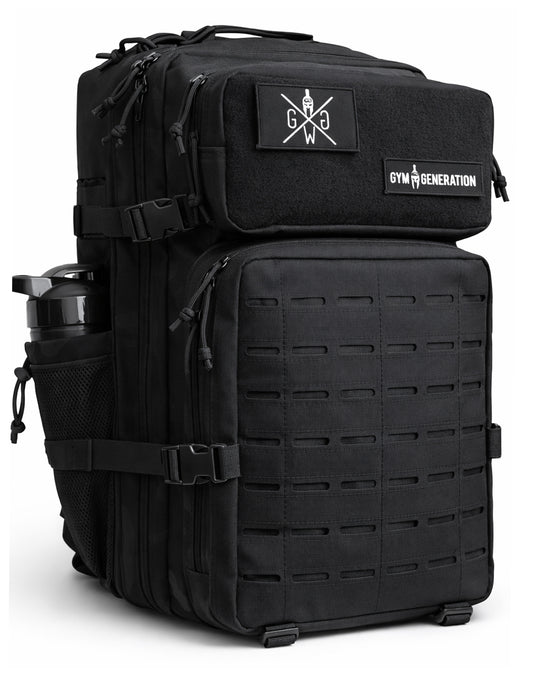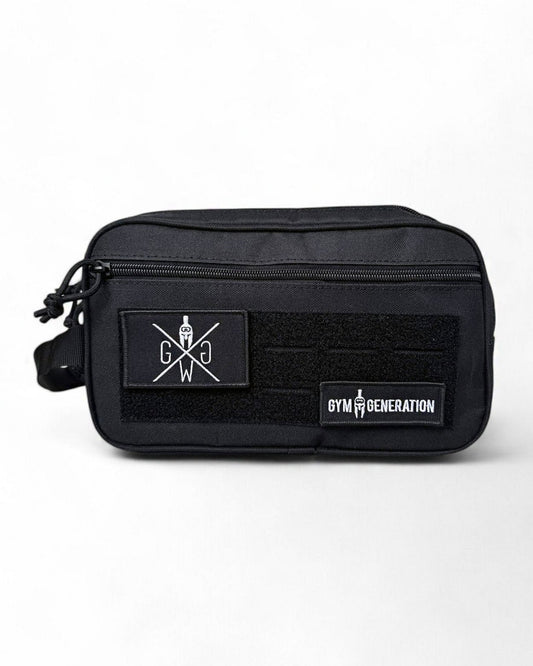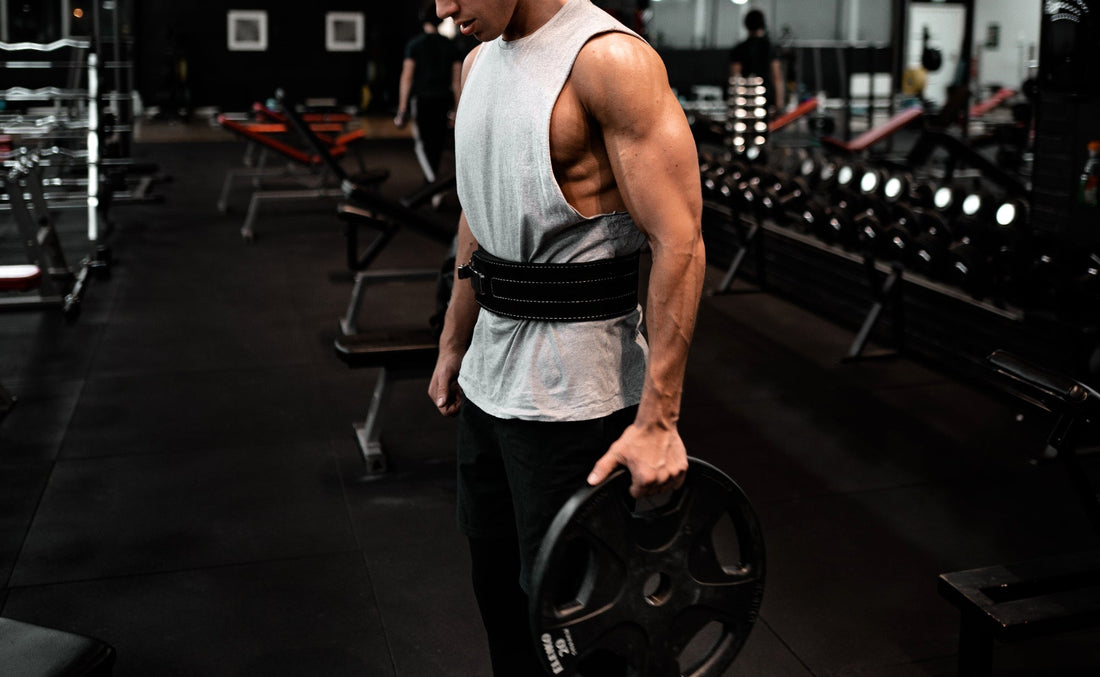
Weightlifting Belt Guide: More Power in the Gym
Maximize Your Power at the Gym: Why You’ll Never Reach Your Full Potential Without a Weightlifting Belt
You give everything during your workouts. You want to get stronger, improve your technique, lift heavier – with control, safety, and efficiency. But at some point, your body needs more than willpower. It needs support. And that’s exactly where the weightlifting belt comes into play.
A high-quality lifting belt isn’t a gimmick or a tool just for pros – it’s an essential piece of training gear for anyone serious about smart and sustainable progress. It helps you optimize power transfer, increase core stability, and significantly reduce the risk of injury during heavy compound lifts.
In this article, you’ll learn everything you need – from choosing the right type of belt, to using it correctly during squats and deadlifts, plus real recommendations from our collection.
Why a Weightlifting Belt Takes Your Training to the Next Level
Many think a lifting belt is just for bodybuilders pushing insane weights. Wrong. Even if you're not deadlifting 200 kilos yet, a belt can dramatically change your performance – because it changes how your body builds and manages tension.
It acts as an "internal wall" your abs can press against. This increases intra-abdominal pressure, stabilizing your spine from within and making you more resilient and explosive under load.
Key Benefits of a Weightlifting Belt at a Glance:
• Protects your spine: Less strain on your discs
• Stabilizes your core: Train with better technique and control
• Boosts power transfer: More tension = more force
• Improves form: Especially during heavy lifts like squats and deadlifts
The Best Weightlifting Belts – Only at Gym Generation
If you're serious about your training, you need gear you can count on. Our weightlifting belts aren’t just functional – they’re built with uncompromising quality, design, and performance. Whether you train for powerlifting, bodybuilding, or functional strength, you’ll find the perfect fit here.
Built for athletes who don’t talk – they lift.👉 Check out all Gym Generation weightlifting belts
How to Use Your Lifting Belt Properly
Many people wear their belt like a fashion accessory – too loose, too high, or constantly. That won’t help. What matters is when, how, and during which exercises you use it.
The key to using it right: Breathing and bracing.
By pressing your abs into the belt with full tension, you activate its full support potential.
Step-by-Step Guide:
1. Position the belt at navel height, close it firmly (not overly tight)
2. Take a deep breath into your belly, hold it
3. Push your core outward against the belt
4. Perform your lift: stable, controlled, explosive
5. After your set: loosen or remove the belt
Use your belt only for heavy, compound movements – e.g. squats or deadlifts over 80% of your 1RM. Skip it for machines or isolation work.
FAQ – Everything You Need to Know About Weightlifting Belts
What’s the best weightlifting belt for beginners?
If you're new to strength training, a nylon belt with Velcro is ideal. It’s lightweight, adjustable, and comfortable – perfect to develop good form without restricting movement.
When should I wear a lifting belt?
Use it for heavy compound lifts like deadlifts, squats, overhead presses, and barbell rows – starting at roughly 80% of your one-rep max. Skip it for light or isolated work.
How do I find the right belt size?
Measure your waist at navel level, standing upright with your core lightly braced. Compare your measurement to the sizing chart on the product page – each brand may vary.
What are the real benefits of a lifting belt?
It gives you core stability, reduces stress on your lower back, improves technique, and can increase your max strength by 10–15%.
Will I lift more weight with a belt?
Yes – because the belt helps you create more intra-abdominal pressure, which improves force transmission and stability. Most lifters see a performance boost.
Is a lifting belt bad for your back?
Absolutely not – if used properly. It actually protects your spine and discs. Just remember: it only works if you breathe and brace correctly.
Will it weaken my core muscles?
No. In fact, when used correctly, your core muscles work harder. Just don’t wear the belt all the time – especially not during warm-ups or isolation exercises.
Powerlifting vs. fitness belts – what's the difference?
Powerlifting belts are thick, stiff, made of leather, and usually use a lever clasp – great for maximal tension and support.
Fitness belts (like nylon versions) are lighter, more flexible, and perfect for dynamic workouts like CrossFit or circuit training.
The Lifting Belt Isn’t an Accessory – It’s Your Upgrade
True progress in the gym isn’t just about discipline – it’s about making the right choices. A weightlifting belt isn’t just an accessory, it’s a high-performance tool that helps you train smarter, stay safer, and unlock your full physical potential.
It protects your spine, strengthens your core, and gives you the confidence to push past your limits – without compromising technique or risking injury.
You don’t just want to look strong – you want to be strong, feel strong, and stay strong.
Now’s the time: Explore the full range of lifting belts at Gym Generation.
